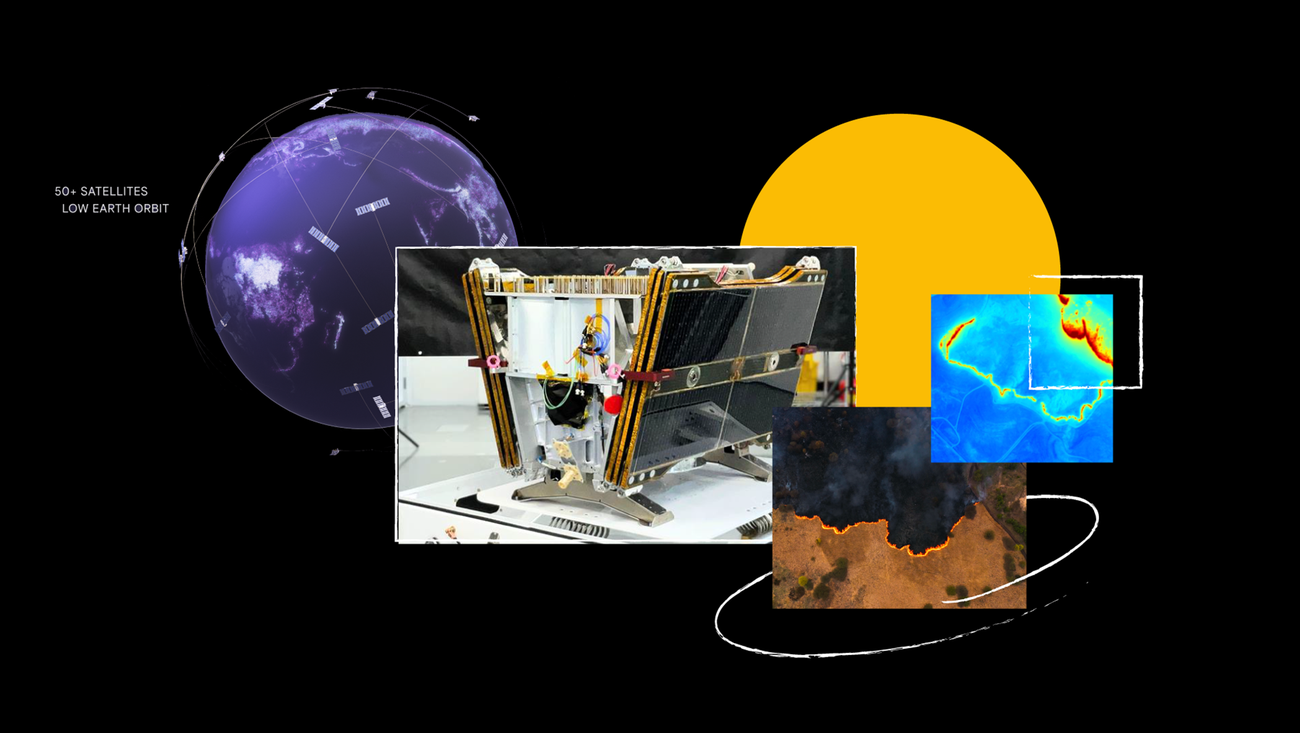Development of FireSat: An Innovative Early Wildfire Mitigation System by Google Research and Collaborators

FireSat: Revolutionizing Fire Detection and Response
Overcoming Challenges in Fire Detection
Understanding the differences between actual fires and environmental noise has been a significant challenge in fire detection technology. According to Chris, a member of the FireSat project, it is crucial to determine what constitutes a real fire compared to potential false alarms, which could be caused by sensor errors or pixel misalignments. The team dedicated itself to developing a scientific solution that involved extensive testing and refinement.
Testing Methods and Innovations
One innovative testing method involved outfitting an aircraft with advanced sensors to evaluate their capabilities in detecting fires. Erica Brand, a project manager for FireSat, recounts an early experiment where a team member ignited a barbecue and a fire pit in his backyard. By flying the plane over these controlled fires, they were able to test the sensors’ effectiveness. The results were promising, demonstrating that the technology could successfully identify real fire signals.
Launching FireSat into Orbit
As of the last reported activities, the first FireSat satellite had just arrived at the SpaceX launch site, marking a critical milestone in the project’s journey. The excitement peaked when members of the Google Research team witnessed the satellite’s launch into space. Erica shared their unique travel plans for the launch, humorously termed the "minivan caravan plan," where they opted to drive together instead of booking flights due to shifting launch dates.
Future Impacts of FireSat on Emergency Response
The real-world implications of FireSat are monumental, especially for firefighters and emergency responders. Upon gaining access to data from FireSat, these professionals will have the tools they need to react swiftly and efficiently to wildfires. Having accurate, real-time information about fire locations can substantially enhance decision-making in crisis situations, potentially saving lives and protecting property from devastating fires.
Contribution to Wildfire Science
Beyond its immediate role in emergency response, FireSat is expected to make significant contributions to our understanding of wildfires. The satellite will gather valuable data that will be used to build a global historical record of fire spread. This information will aid scientists in developing better models to predict wildfire behavior, ultimately enhancing our ability to manage and mitigate their impact.
Addressing Climate Change
Juliet, another key member of the FireSat team, emphasizes the broader environmental benefits of the satellite. FireSat is designed not only to respond to wildfires but also to significantly reduce greenhouse gas emissions associated with fire disasters. By providing timely information and improving response strategies, FireSat can help mitigate the adverse effects of wildfires on the environment. Thus, the satellite serves a dual purpose: it responds to climate change challenges while contributing to solutions aimed at reducing its effects.
Through its innovative technology and comprehensive data collection, FireSat represents a transformative step forward in firefighting and wildfire management, aiming to change how we approach natural disasters in our rapidly changing world.






